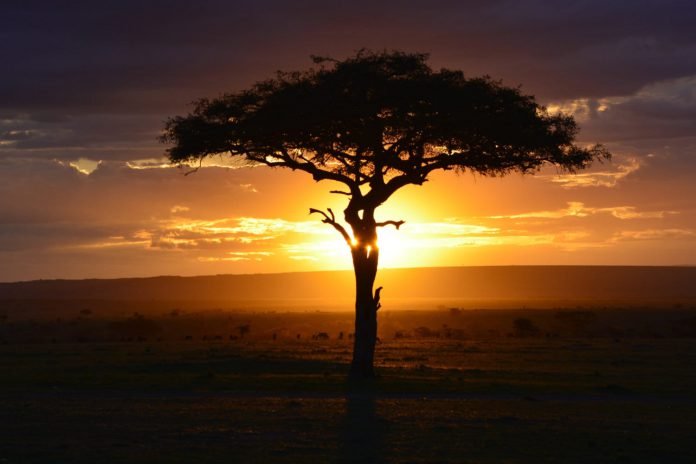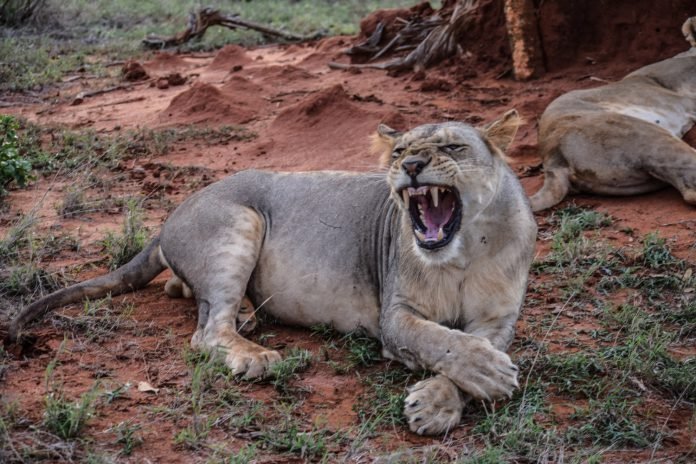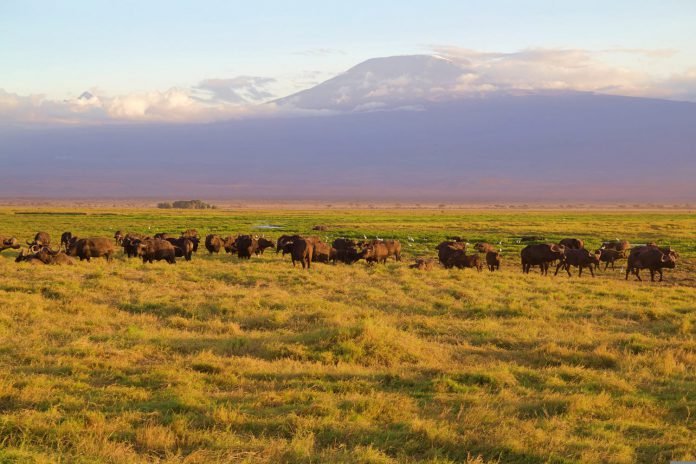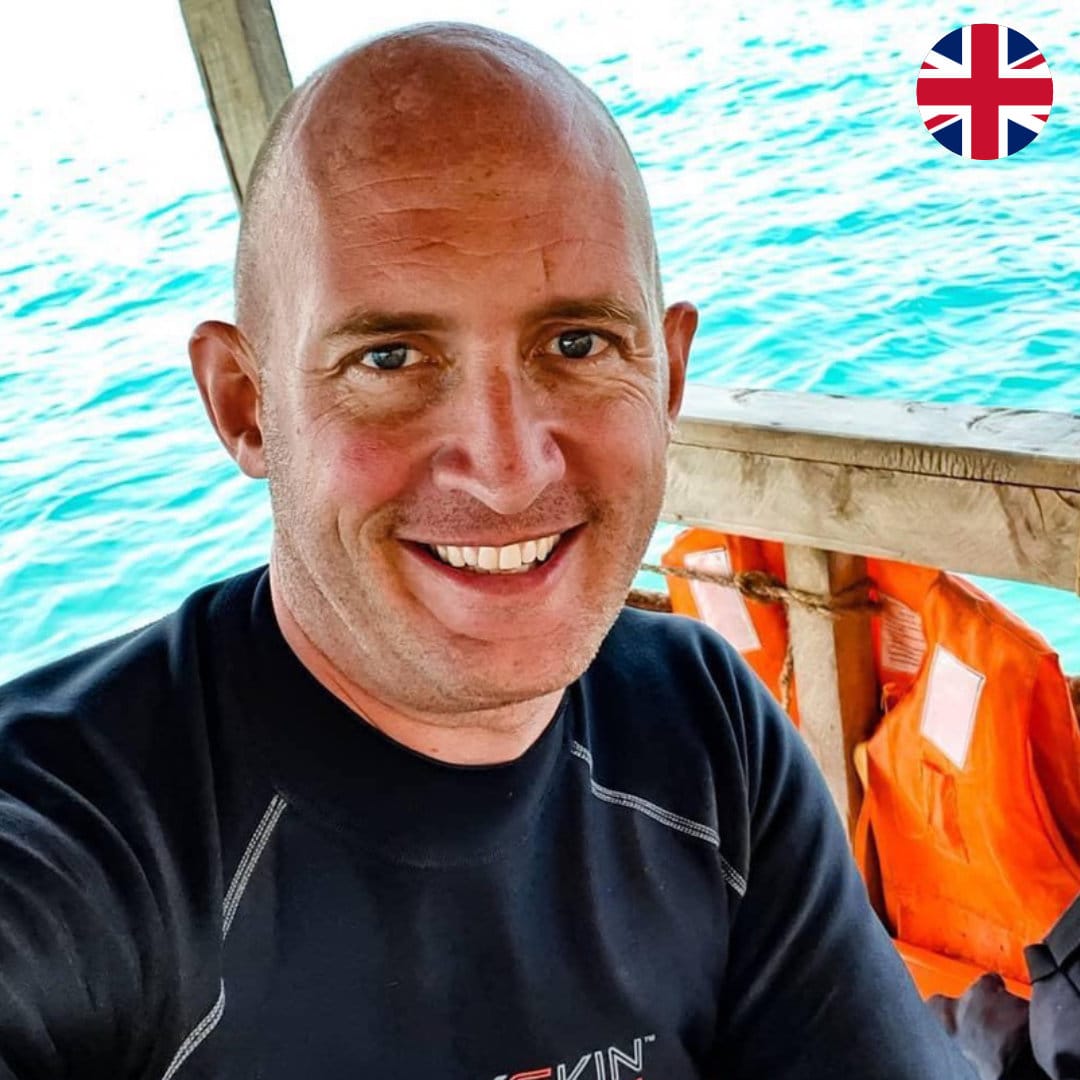TSAVO & AMBOSELI SAFARI & DIVING PACKAGE ITINERARY
Day 1: Arrive in Mombasa – Transfer to Tsavo East
Begin your safari with a scenic drive to Tsavo East National Park, entering through Bachuma Gate (100 km from Mombasa). Enjoy a game drive en route to your lodge or camp. Tsavo East, one of Kenya’s largest and oldest parks, is home to abundant wildlife. Look out for elephants, lions, giraffes, and more. Explore famous attractions like the Yatta Plateau, Lugard Falls, and Galana River. After lunch at the lodge/camp, embark on an afternoon game drive.
📍 Dinner & Overnight: Tsavo East National Park- Full-Board Accommodation
Day 2: Tsavo East – Amboseli National Park
Start your day with an early morning game drive, the best time for wildlife sightings. Depending on your camp’s location, you may have breakfast before or after the game drive.
Drive to Amboseli National Park, famous for its large elephant herds and stunning views of Mount Kilimanjaro. Spot diverse wildlife, including giraffes, zebras, cheetahs, lions, and buffalo. Visit the park’s wetlands and seasonal lake, a haven for birdlife. After lunch at the lodge/camp, head out for an afternoon game drive.
📍 Dinner & Overnight: Amboseli National Park- Full-Board Accommodation
Day 3: Amboseli – Tsavo West National Park
Catch a breathtaking sunrise over Mount Kilimanjaro during an early morning game drive. Return for breakfast before driving to Tsavo West National Park.
Experience a dramatic change in scenery, from rocky hills to open savannahs. Visit Mzima Springs, a natural oasis fed by underground streams from the Chyulu Hills. Watch hippos and crocodiles from an underwater viewing area. After lunch at the lodge/camp, enjoy another afternoon game drive.
📍 Dinner & Overnight: Tsavo West National Park- Full-Board Accommodation
Day 4: Tsavo West – Diani Beach
Savor your final morning game drive in the park. After breakfast, begin your journey back to the coast. Stop for lunch along the way before arriving in Diani Beach by late afternoon.
📍 All-Inclusive Accommodation: Baobab Beach Resort & Spa
Days 5-11: Diani Beach & Scuba Diving
Relax on the white sands of Diani Beach and explore its vibrant marine life. Stay at the luxurious Baobab Beach Resort & Spa with an all-inclusive package. Daily dive trips depart from the on-site Ocean Tribe dive center, offering incredible reef diving.
When not diving, enjoy kite-surfing, dolphin & whale shark snorkeling, spa treatments, microlight adventures, and Diani’s lively bars, restaurants, and nightlife.
📍 All-Inclusive Accommodation: Baobab Beach Resort & Spa
Don’t see a dive and safari package that suits you? Contact us, and we can design a bespoke package just for you! Customize your trip with your group size, preferred parks, trip length, hotel catering options, and number of dives.




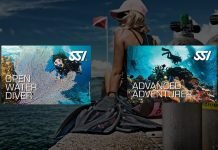
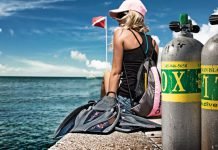
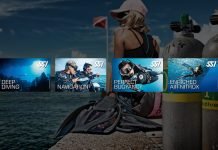
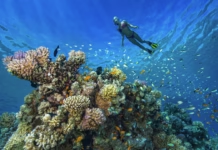
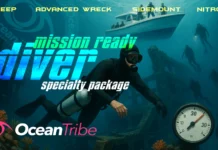
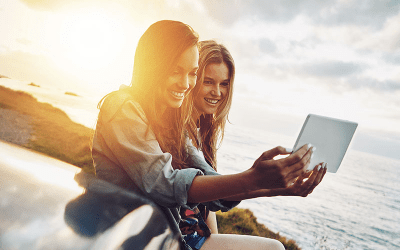

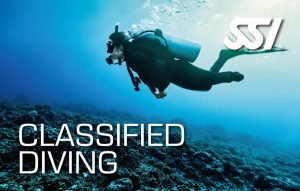












 On your mobile device go to the Apple App Store or Google Play store and search for PADI Training. Alternatively click on the links here.
On your mobile device go to the Apple App Store or Google Play store and search for PADI Training. Alternatively click on the links here. 